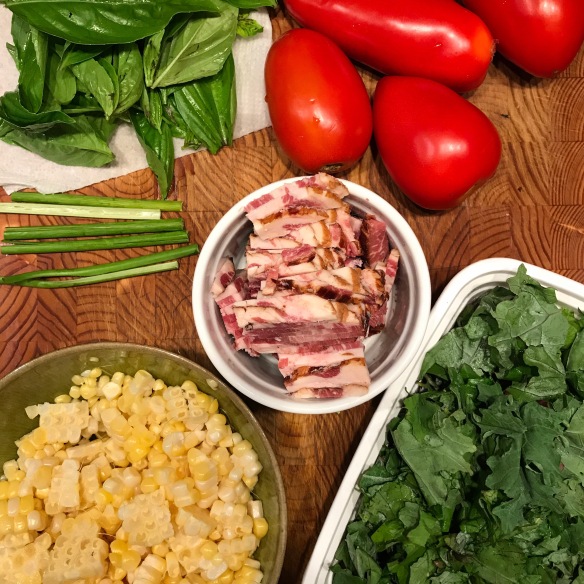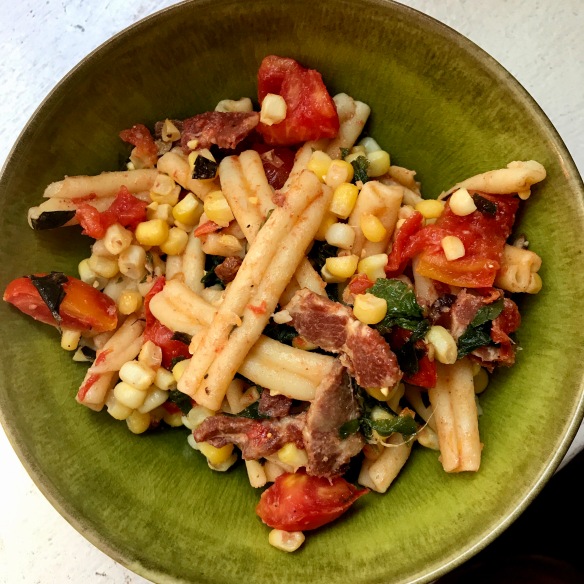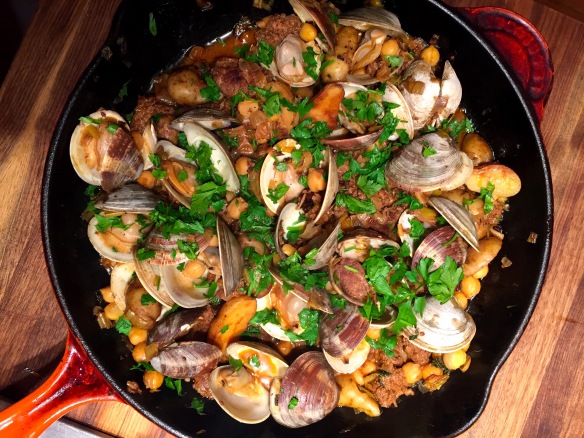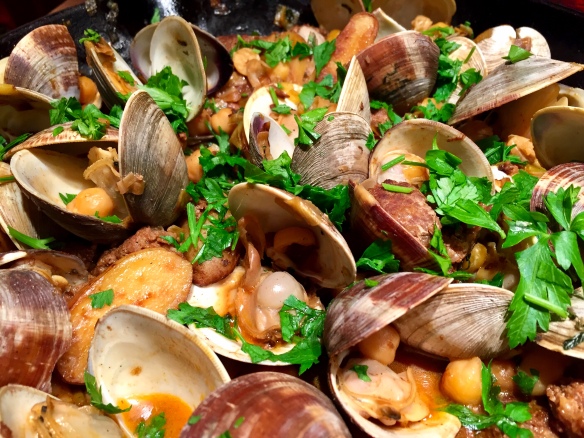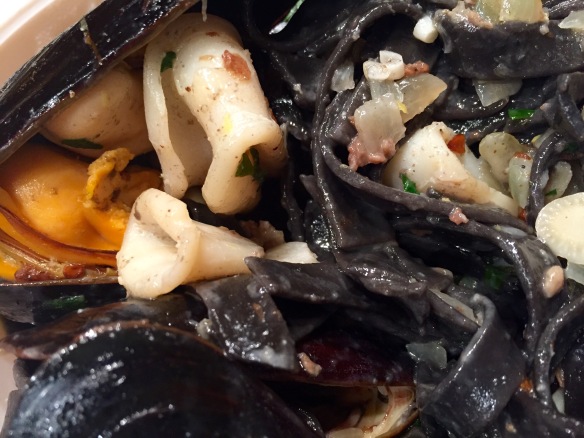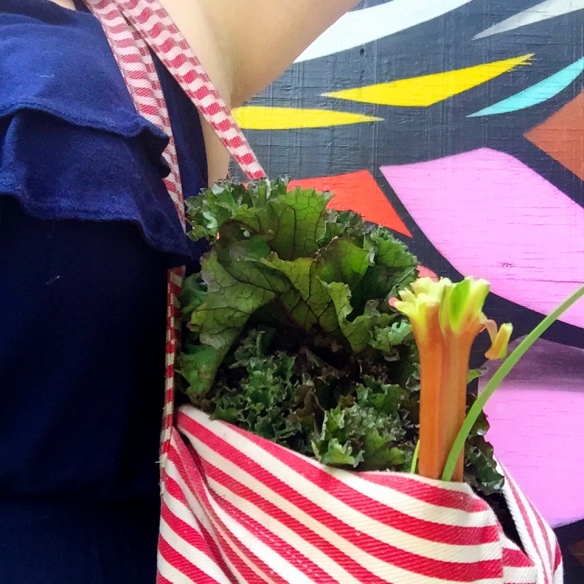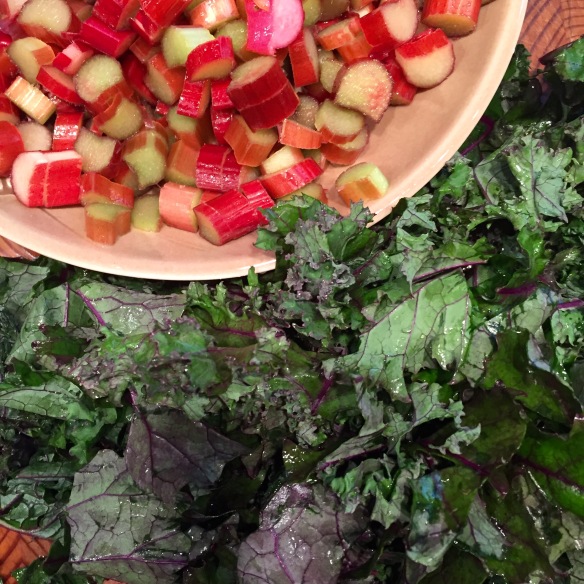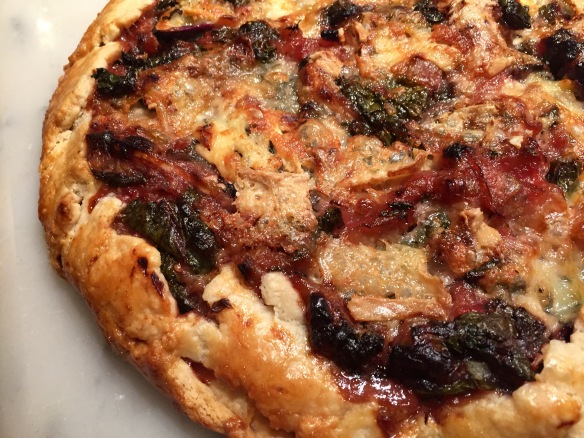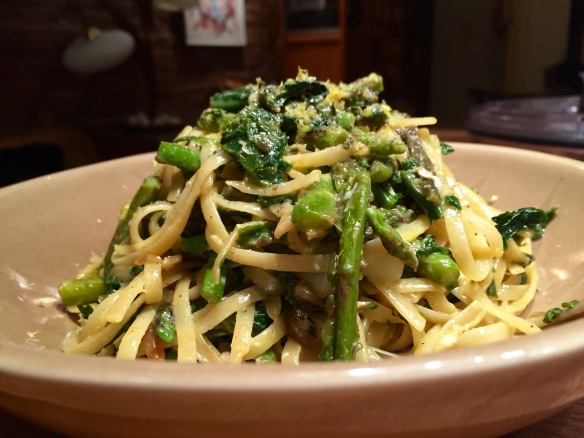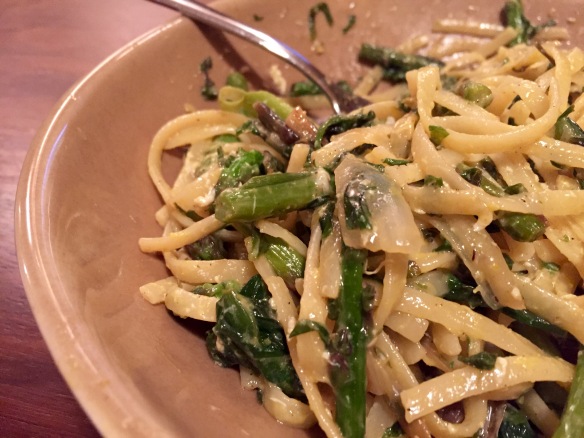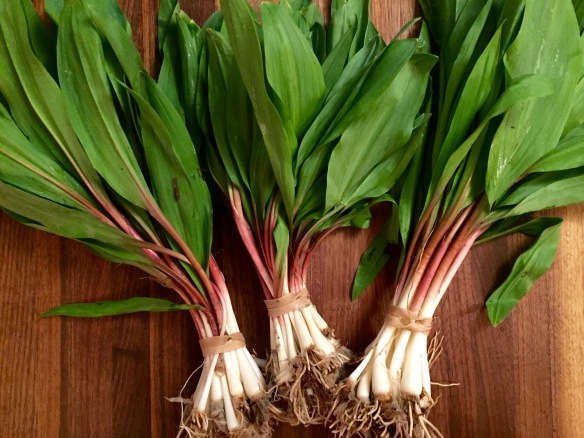I am supposed to be in Wisconsin right now.
Three years ago, I spent Rosh Hashanah with Juliet, Phil and their son. It was a lovely visit that ended with promises to do it again next year. Alas, life and a brand new job got in the way, so the past two years’ celebrations have consisted of an apple dipped in honey at my kitchen counter.
Two months ago I purchased a plane ticket. On Friday I awoke early to pack. I hauled a suitcase, an overstuffed purse, and a backpack full of schoolwork (plus some work work) through morning rush hour. The B train was mysteriously out of commission, necessitating two transfers and a whole lot of stairs to get to my meeting near Columbus Circle. I cut out half an hour early and flagged down a taxi to LaGuardia.
Two hours, $100, and a fair amount of screaming later, I found myself at Delta’s Special Services desk shaking with a mixture of frustration, rage, and a very full bladder. There was no way I was making my flight to Madison, though they could get me into Milwaukee for a mere $1,000 change fee. I appealed to the agent’s sense of rationality, explaining that the Grand Central Parkway had been shut down and that my driver refused to listen to my directions. Nothing. I played the damsel in distress. Nada. I pulled a diva trip. This man was a brick wall. Then I did the only other thing I could think of. I hauled my bags to a corner, sat on the floor, and commenced crying. Nobody even noticed.
Half an hour and a couple of weepy phone calls later, I had a plan. I would head upstate for a night or two with Beth and her boys.
It’s a straight shot on the M60 bus to Metro North’s Harlem-125th Street Station. Under normal circumstances, the trip takes about 25 minutes. But, as even the casual reader must know by now, this was no ordinary day. I couldn’t even squeeze onto the first bus that arrived. I boarded at the back of the next bus, which filled up quickly. We inched our way to Manhattan. At each stop, more people clambered aboard. Tensions were high. More than one person screamed obscenities. A fist fight very nearly broke out. The trip lasted 90 minutes.
I managed to squeeze myself and my bags–which seemed to get heavier and heavier–off of the bus when we hit Second Avenue and found the nearest liquor store. I was going to need a little something to take the edge off during the next leg of my journey. I hauled my bags up what I thought would be the final flight of stairs and boarded the 6:22 to Poughkeepsie.
As we pulled out of the station, the conductor announced that the train was an express and that the first stop would be Beacon–the stop after my intended destination. At this point, I decided to skip the plastic cup and swig my wine straight from the bottle.

Seventy minutes later, I lugged my bags up one staircase and down another before tossing them into the back of a taxi that, naturally, had to drop two other people off before delivering me. I arrived at Beth’s doorstep just before 8:30pm. In the time it takes to fly to London, I had managed to make it 55 miles from my starting point.
By 8:45 I was halfway through a Negroni. By two in the morning we’d polished off our second bottle of Prosecco and were headed to bed.
Somehow Beth wrangled the boys and made it to soccer by 9:00am, which is about the time I opened my eyes. I stumbled down the stairs feeling a little worse for the wear. A cup of coffee and two large glasses of water gave me the strength to make breakfast: scrambled eggs, toast, and a glorious orange tomato from Fishkill Farms, where Beth gets her CSA share.
Then I threw on some clothes, grabbed a bag, and headed up the road to the Cold Spring Farmers’ Market. I was eager to see what the Hudson Valley had to offer–and hopeful that I might stumble on a brisket to take the sting out of the previous day’s travel debacle. I picked up purple potatoes, fennel salami, parsley, and canoodling carrots.

I was about to give up on my brisket plan when I spotted Full Moon Farm‘s stand. Three pounds of grass-fed beef and my backpack was about as heavy as I could conceive given the 30-minute walk back to town. But first, I took a quick stroll through the grounds at Boscobel to admire the view of the Hudson Highlands.

Beth and the boys arrived home a little after me. We spent the early afternoon hydrating and threatening to nap while the brisket defrosted in a bowl of water. Around 2:00 I set to work.
Braised Brisket, More or Less
- Get a good piece of meat. Make sure it’s defrosted. Sprinkle with a generous dose of salt and pepper.
- Pre-heat the oven to 325.
- Bring a large dutch oven up to medium heat with some vegetable oil. Sear the brisket until you get some nice color on it. (Depending on the size of your pot and the size of your brisket, this may require some finagling.)
- Remove the meat and add a couple of chopped onions. Cook until soft and starting to color. Add a few cloves of chopped garlic and cook for a couple more minutes.
- Ransack the spice cabinet and add whatever strikes your fancy. I went with ginger, fennel, brown mustard seeds, thyme and some other stuff I can’t recall. Allow the spices to toast in the fat for a few minutes.
- Add a small can of tomato paste and whatever leftover booze you can dig up. A Stella Artois worked just fine for this brisket, but you could do something darker. Red wine is always nice.
- Got some chili paste in the fridge? Go for it. Just about any condiment you’re looking to use up will do here. Dried fruit is also awesome.
- Bring the pot up to a boil, pop a lid on, and stick it in the oven. Ideally, the meat will be submerged in the liquid, but not to worry if the ends are sticking out.
- Now would be a good time for a nap. Or maybe a shower.
- After a couple of hours, give the sauce a taste and adjust the seasoning with salt, pepper and perhaps a pinch of sugar. Flip the meat and return to the oven. Repeat in another hour or so.
- Some people like to pull the meat out while it is still firm, slice it against the grain, layer it into a pan, cover with the sauce, and continue to cook. This is handy if you’re serving a large crowd or are aiming for something a little more photogenic. Personally, I like to leave the meat whole and continue to simmer until it is pull-apart tender. (Go past this point and you basically have the best beef stew you’ve ever experienced.) A little fresh flat leaf parsley is a nice touch at the end.

Cocktail time!
The End of Summer
Add a few cubes of ice to a rocks glass. Slosh in a stiff pour of bourbon. Top with ginger ale. Using a microplane, grate a little fresh ginger in. Garnish with a wheel of lemon. Toast to the end of summer and spend the next couple of rounds reminiscing about sandy sheets and outdoor showers.

Thomas and his two kids joined us for dinner. Dylan and Benjamin concocted an elaborate fantasy involving costumes and camping gear while the older boys disappeared upstairs.
Around 6:00 we sat down to the brisket, accompanied by grilled potatoes and carrots and a kale and pear salad with a maple dijon vinaigrette.


In truth, most of the kids had plain tomatoes and hot dogs. But Benjamin, always the iconoclast, embraced this new meat swimming in its mysterious and murky sauce. He ate heartily and then quietly disappeared from the table. A couple of minutes later, he reclaimed his seat and passed me this missive.

It was an unconventional Rosh Hashanah, to be sure. But it was also a lovely one. Next year in Madison!
